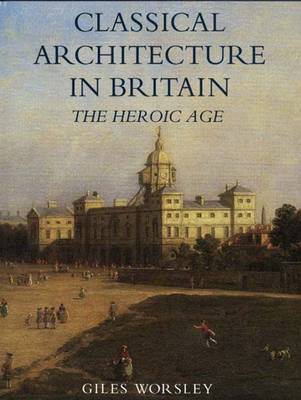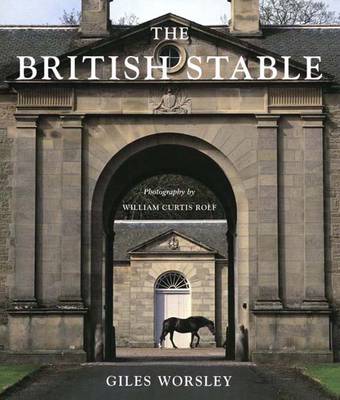The Paul Mellon Centre for Studies in British Art
2 total works
This comprehensive survey of British architecture in the 17th and 18th centuries offers a reassessment of the styles, of the major designers from Inigo Jones to Sir John Soane and of the influence of British architecture during that era. The author notes that architectural styles do not always supersede one another but can co-exist, although one style may be dominant. Focusing on the Palladian classical tradition, introduced by Inigo Jones in the 1610s, he shows that this tradition did not die out with Jones's death and revive only during the first half of the 18th century, as is commonly assumed, but remained viable until the end of the 18th century, rivalling the baroque and rococo styles. Worsley argues that neo-classicism, generally seen as a generic description of architecture in the late-18th century, was actually prevalent in British architecture in varying degrees of strength as early as 1615. Worsley examines the architecture of Scotland, Ireland and North America in the 17th and 18th centuries and shows how styles were influenced by English Palladianism.
He also places Palladianism in a European context, pointing out that it was not an isolated phenomenon but was an important feature of Italian, French, Dutch and German architecture during this time. The book sheds light on British architecture and provides an outlook on European and American architecture as a whole.
He also places Palladianism in a European context, pointing out that it was not an isolated phenomenon but was an important feature of Italian, French, Dutch and German architecture during this time. The book sheds light on British architecture and provides an outlook on European and American architecture as a whole.
Until the early years of the twentieth century, horses played an essential role in the agriculture, transport, industry, warfare and sport of Britain. Their stables served as practical shelters, but they were also more than that, in many cases a handsomely appointed stable served as much for the elegant display of horses as for their shelter. This beautiful book, illustrated with over one hundred specially commissioned photographs, focuses attention for the first time on the history, the variety and the importance of stables in the British Isles. Leading architectural historian Giles Worsley examines stables from the twelfth century to 1914, with special attention to country-house stables, including those at Chatsworth and Kedleston, where the finest examples of stable design are to be found. Worsley discusses the factors that influenced the architecture of stables, whether owned by noblemen, great brewing companies or the British army. Fascinating and lucidly written, The British Stable will appeal equally to those with an interest in horses, country houses, architectural history or the special relationship between horses and the people of Britain.

